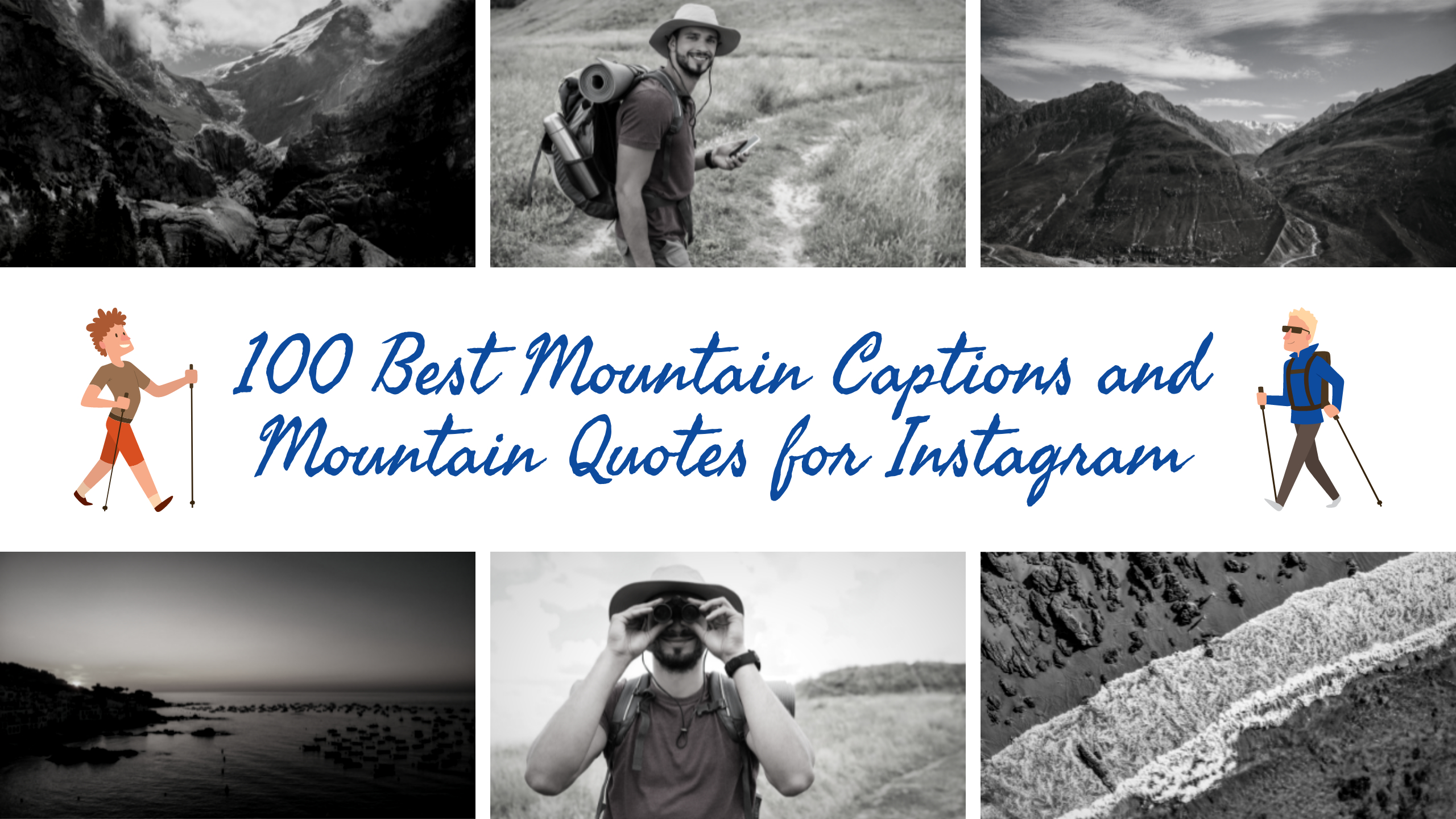Tekapo photography tips
Lake Tekapo in New Zealand is a stunning location for photography, known for its incredibly clear night skies, vibrant turquoise waters, and picturesque surroundings. Here are some tips to help you capture the beauty of Tekapo through your camera lens:
Tekapo Photography Tips
Golden Hour and Blue Hour
Take advantage of the soft, warm light during the golden hour (shortly after sunrise and before sunset) for stunning landscape shots. Additionally, the blue hour (just before sunrise and after sunset) can provide a unique, ethereal quality to your photos.
Use a Tripod
A stable tripod is essential for capturing long exposures, especially during low light conditions or for night photography. This helps avoid camera shake and allows for sharper images.
Filters
Consider using a polarizing filter to reduce reflections and enhance the vibrancy of the water and sky. Additionally, a graduated neutral density (ND) filter can help balance the exposure between the bright sky and darker foreground.
Wide-angle Lens
A wide-angle lens (typically 16-35mm) is excellent for capturing the expansive landscapes around Lake Tekapo. It helps include more of the scenery and creates a sense of depth.
Foreground Interest
Incorporate interesting foreground elements, like rocks, flowers, or vegetation, to add depth and context to your shots.
Focus Stacking
For scenes that have both close-up elements and distant subjects, consider using focus stacking to ensure sharpness throughout the frame.
Night Sky Photography
Tekapo is renowned for its dark skies, making it an excellent spot for astrophotography. Use a fast, wide-angle lens (f/2.8 or lower) and a high ISO setting to capture the stars. Experiment with different exposure times to get the best results.
Starry Landscapes
Combine a long exposure with the night sky to capture star trails over the lake. This involves leaving the shutter open for an extended period, so a sturdy tripod is crucial.
Light Painting
Experiment with light painting techniques to add creative elements to your night shots. This can include illuminating foreground objects or creating artistic patterns.
Time-Lapse
Consider creating time-lapse sequences to capture the changing light conditions or the movement of stars over the lake.
Weather Considerations
Be prepared for rapidly changing weather conditions in Tekapo. Dramatic clouds, rainbows, or mist can add an extra layer of interest to your photos.
Post-processing
Use software like Adobe Lightroom or Photoshop to enhance your images. Adjustments to contrast, saturation, sharpness, and white balance can bring out the best in your shots.
Respect the Environment
Tekapo is a beautiful and ecologically sensitive area. Be sure to follow Leave No Trace principles and any local guidelines or regulations regarding photography.
Remember, while these tips can be helpful, don’t be afraid to experiment and find your own unique perspectives. Every photographer has their own style, and Lake Tekapo offers a wealth of opportunities for creativity.
Related: Lake bled photography tips




















